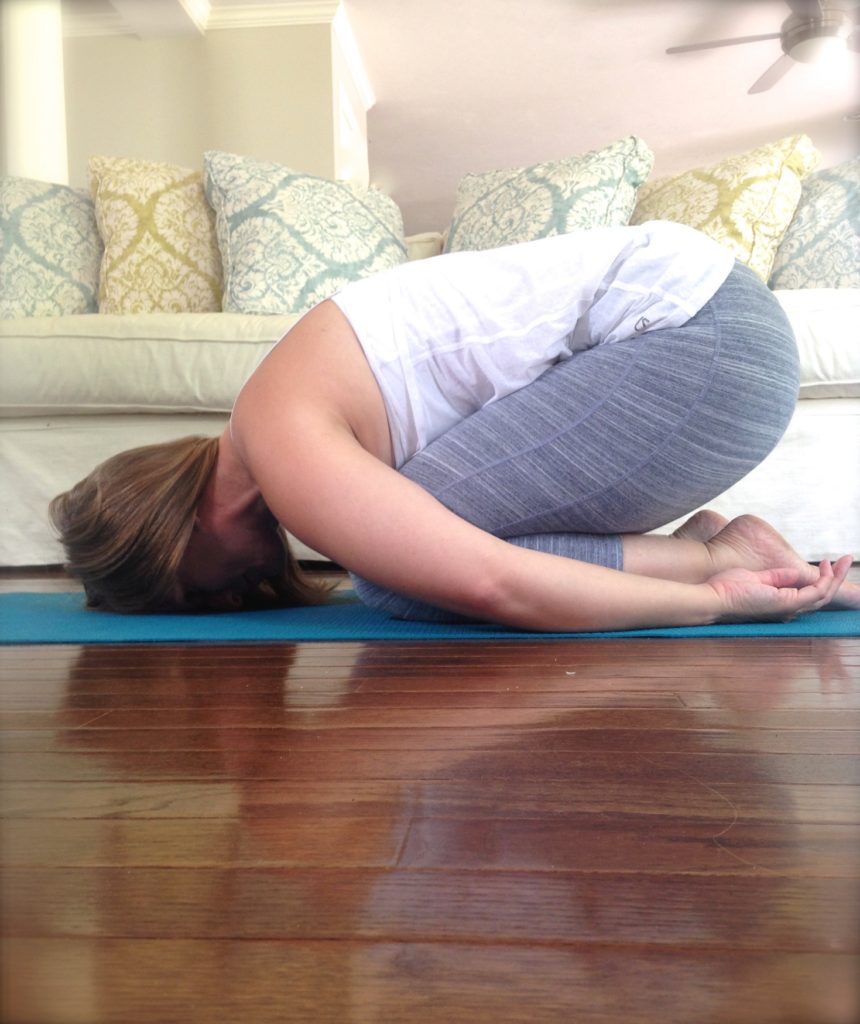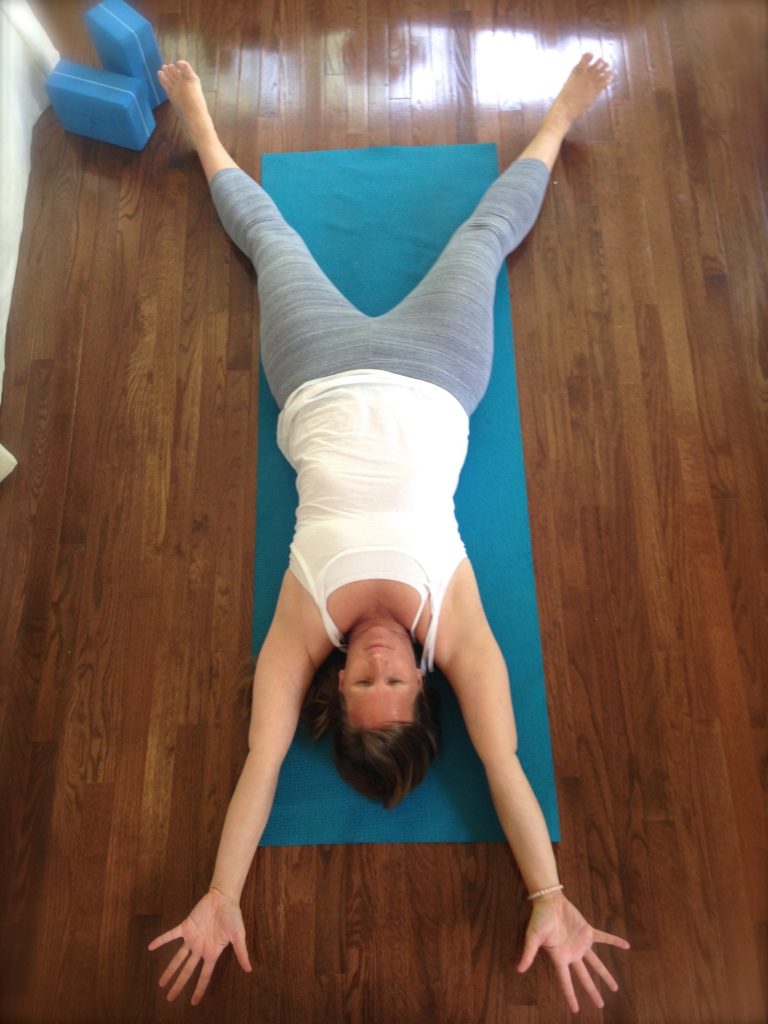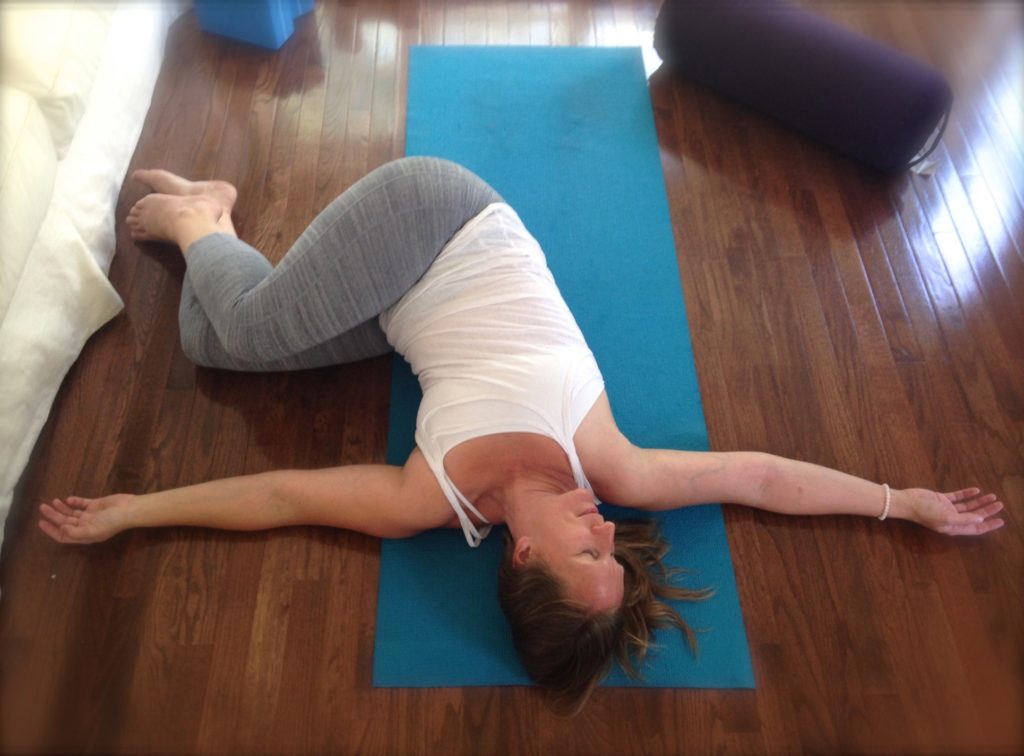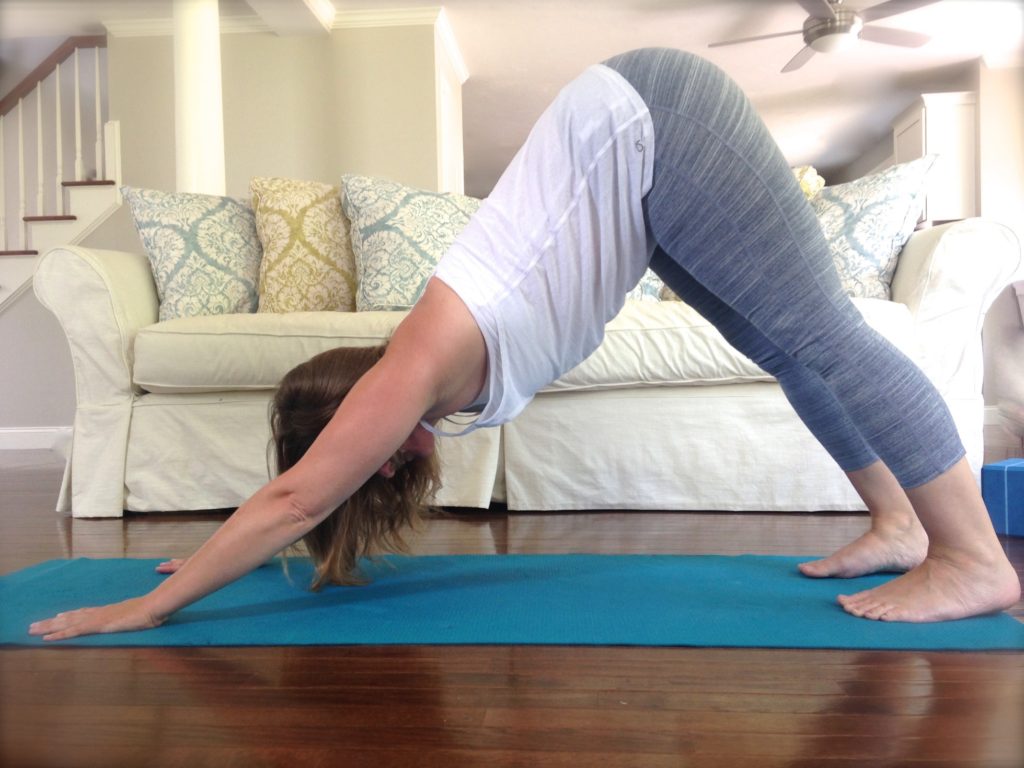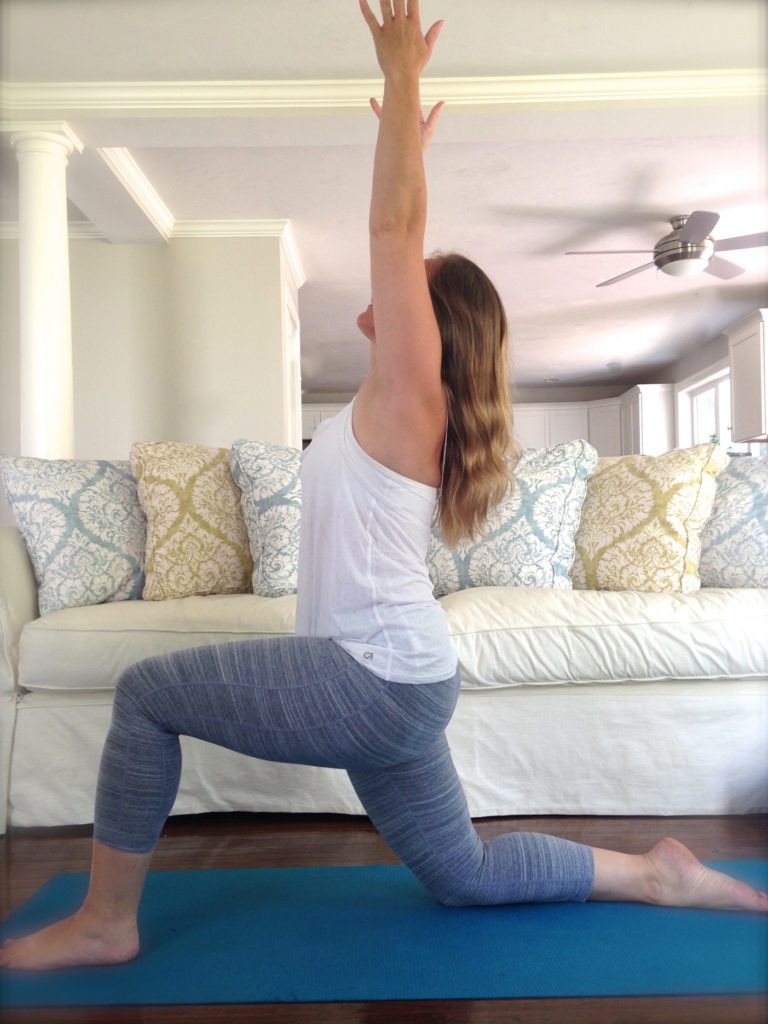Tough Thoughts? Three Techniques to Tidy the Mind
by Stephanie F. Earls
Hello friends and yogis! Last time I wrote for you I shared five simple postures (asanas) to freshen up the body. Some days a handful of stretches is all it takes to freshen up the mind too. Other days the mind over-does, obsessing about the past or anticipating the future. Whether it’s anticipatory anxieties, deafening doubts, woeful worries or all-encompassing emotions, the result is often elusive peace of mind.
 |
| sfe 2015 |
Asana (physical posture) is the third of 8 limbs of yoga. We use each of the 8 limbs in conjunction with the others to cultivate integrated body-mind-spirit. Physical movements prepare the body for meditation or Dhyana, the 7th limb. So, what happens if the body feels ready to sit still but the mind is restless? This is where exercising concentration, Dharana, the 6th limb, comes in handy. There are many techniques. Here are three simple and effective approaches to focusing the mind, quieting intrusive thoughts. Intrusive thoughts are any thoughts that feel overwhelming or distracting.
1. Breath Awareness
Sometimes easier said than done breath awareness is almost too easy. Step 1. Become aware of your breath. Step 2. Repeat step 1.
What is it to be aware of your breath? Awareness in this case is an open canvas. Watch, listen, feel, sense the breath move in and out of the body. It does not matter if the breath is quick or slow, deep or shallow, loud or soft. Simply notice how it feels. Can you notice the sensation of air at the tip of the nose? Is there sound to the breath? Where does the body move and where is it still as the breath comes and goes? Which parts of you get bigger with inhalation? Which parts get smaller with exhalation? You do not have to change anything. Follow the inhale all the way in and the exhale all the way out. Be curious. The breath is your life force and being present to watch it as it is, is the doorway to unconditional acceptance of yourself as you are. Practicing self acceptance will quiet the mind.
We begin each yoga practice with breath awareness because attention on the breath links awareness to the present moment. Breath awareness works because we can not breathe yesterday and we can not breathe tomorrow. We only breathe here, now. Watching the breath is watching the present moment. The mind on the present will shed its worries of what was, anticipations of what will be and turn to what is now.
This practice is enough. However if the mind is stubborn, reinforce awareness of the breath using mantra to build concentration…
2. Mindful Breathing
Breath centered mantra is a variation on breath awareness. Mantra is loosely defined as a repeated word or phrase. Almost anything can be a mantra. In yoga, sanskrit words or sounds are often used this way. This particular mantra uses English words and comes from the writings of delightful Buddhist monk Thich Nhat Hanh. It simply and powerfully reinforces the link between the mind (awareness) and breath (life force/body) with phrases repeated silently.
It is easy. While you breathe, say to yourself:
Breathing in: “I know I am breathing in.”
Breathing out: “I know I am breathing out.”
As the breath slows and the mind quiets you can adjust the mantra, shortening it to “breathing in, breathing out” or eventually pared-down to “in,” “out”.
That’s all there is to it. Sounds easy right? What is fun and funny about this practice is that the mind is spry and can be tricky. You might find yourself saying the mantra but breathing out of sync with the phrase. See if you can stay present to bring the two together.
In time this practice will feel natural. Make it your own. Vary the phrase to steer your mind and capture what you want to cultivate as you breathe in and out.
My favorite variation and one I teach often is
Breathing in: “I arrive in my body.”
Breathing out: “I am home.”
Feel these words. They are magic. They focus the mind on the breath and affirm a settling into the body. Pure, powerful.
Breathing in: “I arrive in my body.”
Breathing out: “I am home.”
As Thich Nhat Hanh says, Your body is your first home. This life affirming mantra creates comfort for body, mind and spirit.
Breath centered mantra can be done for 3 or 30 or 300 minutes on your mat, or while brushing your teeth, or in your car when you get stressed about the slow poke in front of you. Practice when your body winces about a long hold in a pose or cramps up while you run. Practice while healing an ailment - long or short term - including obsessive thoughts. Practice in seated meditation. This technique is easy, nourishing, and an opportunity to replace intrusive thoughts with presence and affirmation.
3. The Sitali Breath
The Sitali breath is one of many breath exercises (Pranayama, the 4th limb) in yoga. Pranayama moves energy in the body, focuses the mind and integrates the body-mind connection. Each pranayama has a different effect. Sitali is a cooling breath, useful for simmering hot thoughts as well as hot flashes. It quiets the mind because it organizes attention around a pattern of breathing that passes the inhale over the shaped, still tongue. There are theories that the movement of the mind is linked to movement of the tongue (there is certainly a connection there with talking) and perhaps by stilling the tongue there is a correlation and stilling of the mind.
There are several benefits of this breathing exercise. For today’s purpose we are considering the effects of Sitali in cooling hot, frenetic thoughts (anger, anxiety, over-excitement, etc).
To begin, curl the edges of the tongue up, forming a roll and reach the tongue just slightly forward of the teeth (between the lips). If the tongue does not roll, tuck the tip of the tongue behind the top teeth, exposing the back of the tongue, or touch the front teeth together, leave the lips gently open (technically Sitkari breath). Once you’ve set your mouth in place draw the breath in through the mouth. The air will feel cool through the rolled tongue (as if drinking through a straw) or as it hits the back of the tongue or passes through the teeth. Regardless of the variation, the tongue will be still. Upon full on inhalation, close the mouth and breathe out through the nose. Try a minute or two and pause to feel the effects, letting the natural breath return in and out through the nose. If the mind remains wired, re-engage Sitali breath.
The practice of Sitali quiets anxieties and emotions that create a heated mind. It will cool the physical body so can be a great help during hot spells of weather or hot flashes due to hormonal shifts or illness. Heading into fall this practice might not feel appropriate if the weather is raw but if you find yourself struggling with heated thoughts (or body) give it a try.
Create your Calm
 |
| sfe2016 |
Remember, thinking is not a problem in and of itself. Intrusive thoughts that overwhelm or distract us and compromise our peace of mind are what we work to settle. Use these techniques in conjunction with physical practice (asana), seated meditation or let’s be real, anytime/anywhere you notice your thoughts running away with your peace of mind and heightening your nerves. Most of our life is practice off the mat and these portable techniques are tools to organize at any moment when thoughts become intrusive. They create order out chaos. Give these simple techniques a try. Continue painting your practice, create your calm. Remember that you are your own best teacher and employ these techniques or leave them by the wayside as you figure out what helps you tidy the mind.
